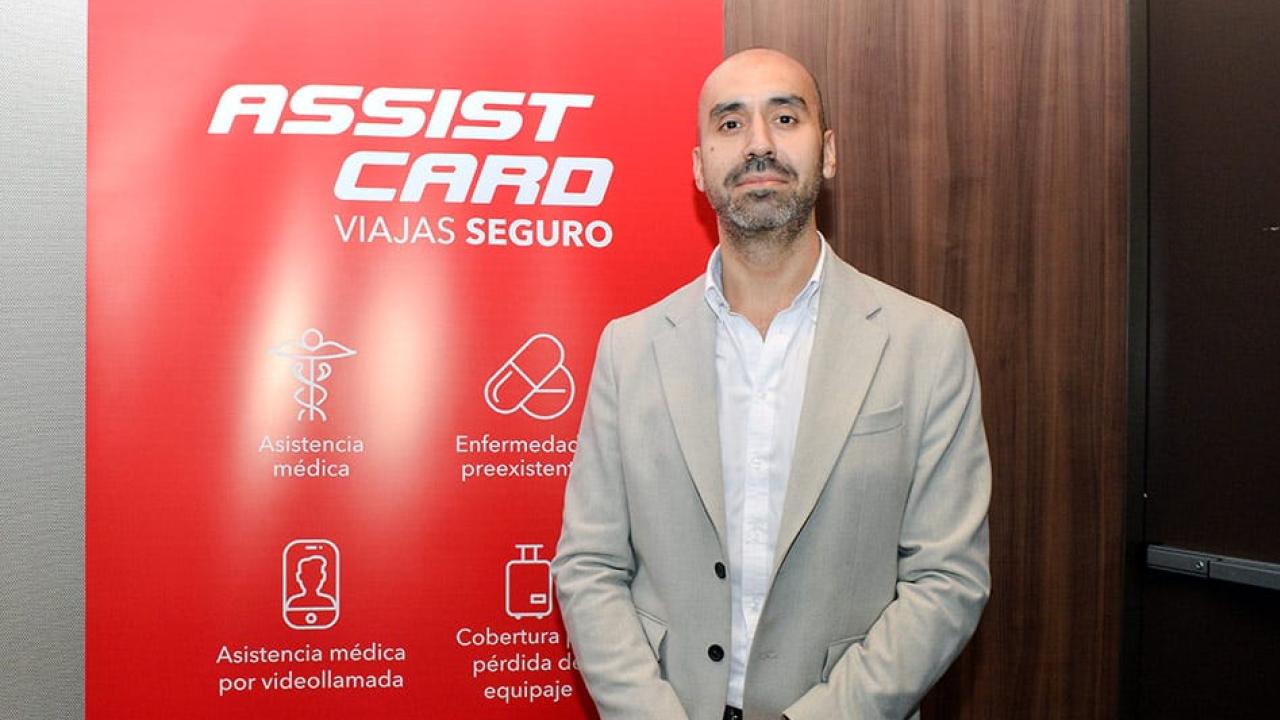
While in 2019, 80% of the products sold in the Andean country were basic coverage, by 2024, 65% opted for premium services.
By 2025, Peru could regain its position as a leading player in regional tourism. At the end of January, the Minister of Foreign Trade and Tourism, Desilú León, declared that the Government has been implementing strategies to reach the figure of 4.4 million tourists per year. That is, the equivalent of what was recorded in 2019, the year before the COVID-19 pandemic.
However, it is clear that international tourists must feel safe when investing in a plane ticket or a hotel reservation. In this sense, travel insurance is a key tool when it comes to covering this need. One of the most recognized is Assist Card, a company founded in 1972 in Switzerland and which currently has 74 offices, as well as services in 190 countries and 16 languages.
In Peru, the company offers a range of options such as medical consultations, dental assistance, assistance for lost or delayed luggage, as well as assistance in the event of theft or loss of documents. Also, during the COVID-19 pandemic, coverage was promoted with a global maximum amount of US$ 3 million, which included additional insurance intended to cover trip cancellations derived from the coronavirus.
For Orlando Romano, Country Manager of Assist Card in Peru , the health crisis was a turning point for millions of travelers. “After the pandemic, travelers are much more aware of the risks that can occur abroad and the costs associated with any medical situation that one may experience. So, in general, we have seen sustained growth in demand for travel assistance services in recent years. In fact, here in Peru, we can record a 15% increase in protected travelers if we compare 2019 and 2024,” Romano revealed to AméricaEconomía .
On the other hand, the goal set for this year is to increase insurance sales by another 15%. The route to follow consists of betting on strategic alliances with important players in the market that have a massive reach. Romano points out that attracting banks, airlines and health companies is a priority. In the last year, Assist Card has found partners such as Banco de Crédito (BCP), BBVA, Latam Airlines, among others.
Another pending challenge for the company is to successfully promote its services in the interior of Peru, given the great potential for tourism in the Andean and Amazonian regions. As for trips abroad, Romano acknowledges that the company's greatest advertising efforts will take place between May and July, a quarter in which there is a greater flow of trips abroad.
It is worth noting that the company does not rule out new agreements with the sports industry either. In recent years, its role as a sponsor of popular football clubs such as Colo Colo (Chile), River Plate (Argentina) and Flamengo (Brazil) attracted attention. Here in Peru, Assist Card replicated the trend with the sponsorship of Alianza Lima between 2018 and 2020, although it was not repeated.
“It is always a latent possibility to bet on football clubs. Sport is associated with healthy living and today, it is the only thing with a mass reach that is seen live and direct, beyond the news. We have talked a lot internally about the option of sponsoring clubs in Peru and it may happen in the near future,” Romano said.
THE CHALLENGE OF THE PERUVIAN MARKET
Despite the brand's presence in the Peruvian market, for the Country Manager, the pending challenge is to present itself as a flexible assistance for the traveler, instead of being limited to traditional insurance. Romano mentions that 2024 was a record year of investment in marketing in Peru, with the goal of conveying this message and "raising awareness" among potential clients.
“We have records that in 2019, 80% of the products we sold were basic coverage. While for 2024, 35% of buyers purchased basic products and the remaining 65% bought premium services . This is a good sign, because it shows greater awareness among users of the possible dangers when traveling,” he explains.
Currently, in Peru, the most requested services are assistance for lost luggage and medical help for pre-existing illnesses. Regarding the latter, the executive highlights that Assist Card was a pioneer in increasing the pre-existing limits of the products purchased by taking them up to almost US$ 300,000 depending on the product purchased.
In the long term, the company hopes to continue focusing on new products and customer awareness. “In 2024, 10% of our sales were $1 million and $3 million in assistance. We will always try to accommodate customer needs with quick responses, as well as continue sustained double-digit annual growth,” Romano says.










